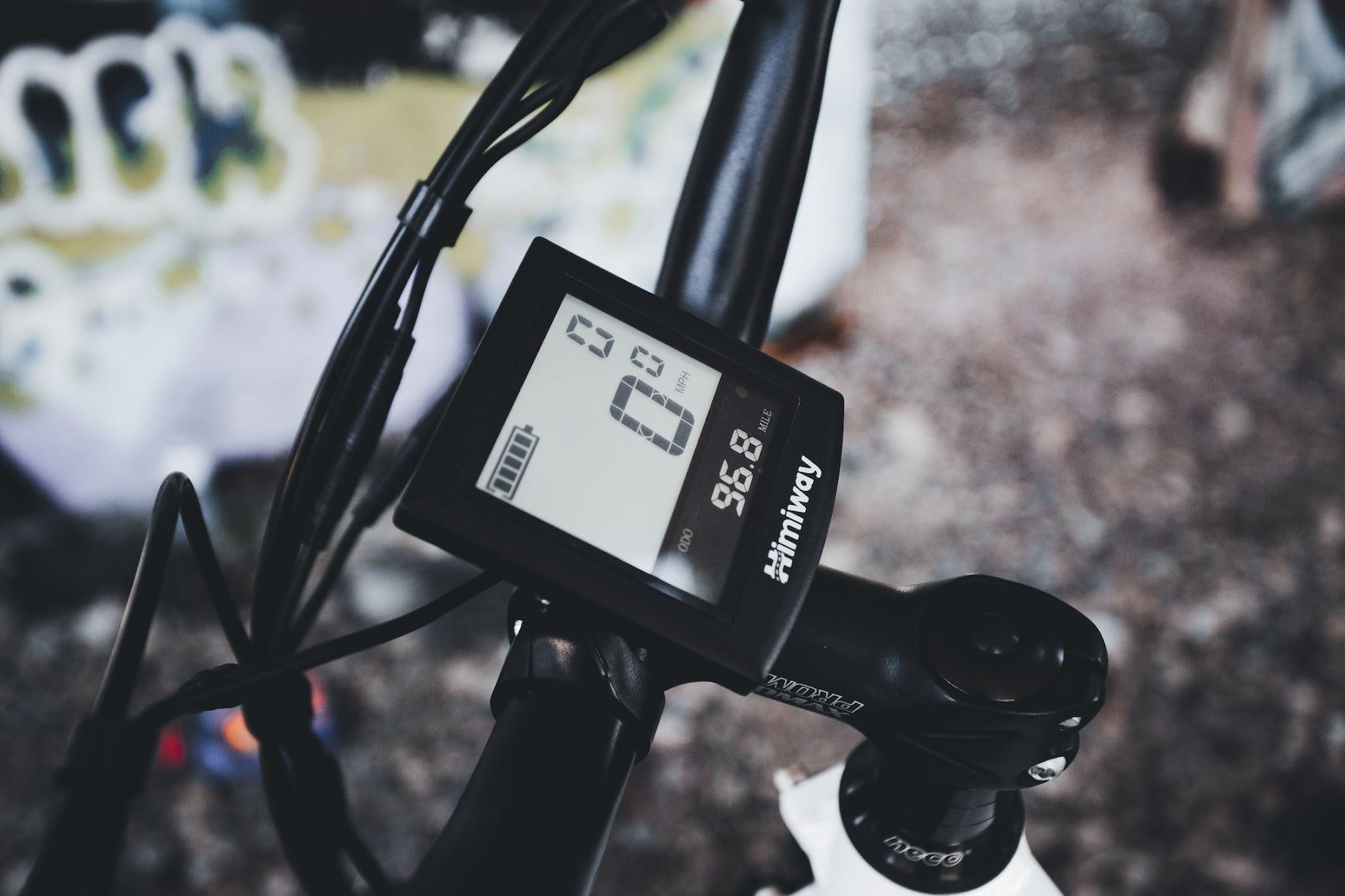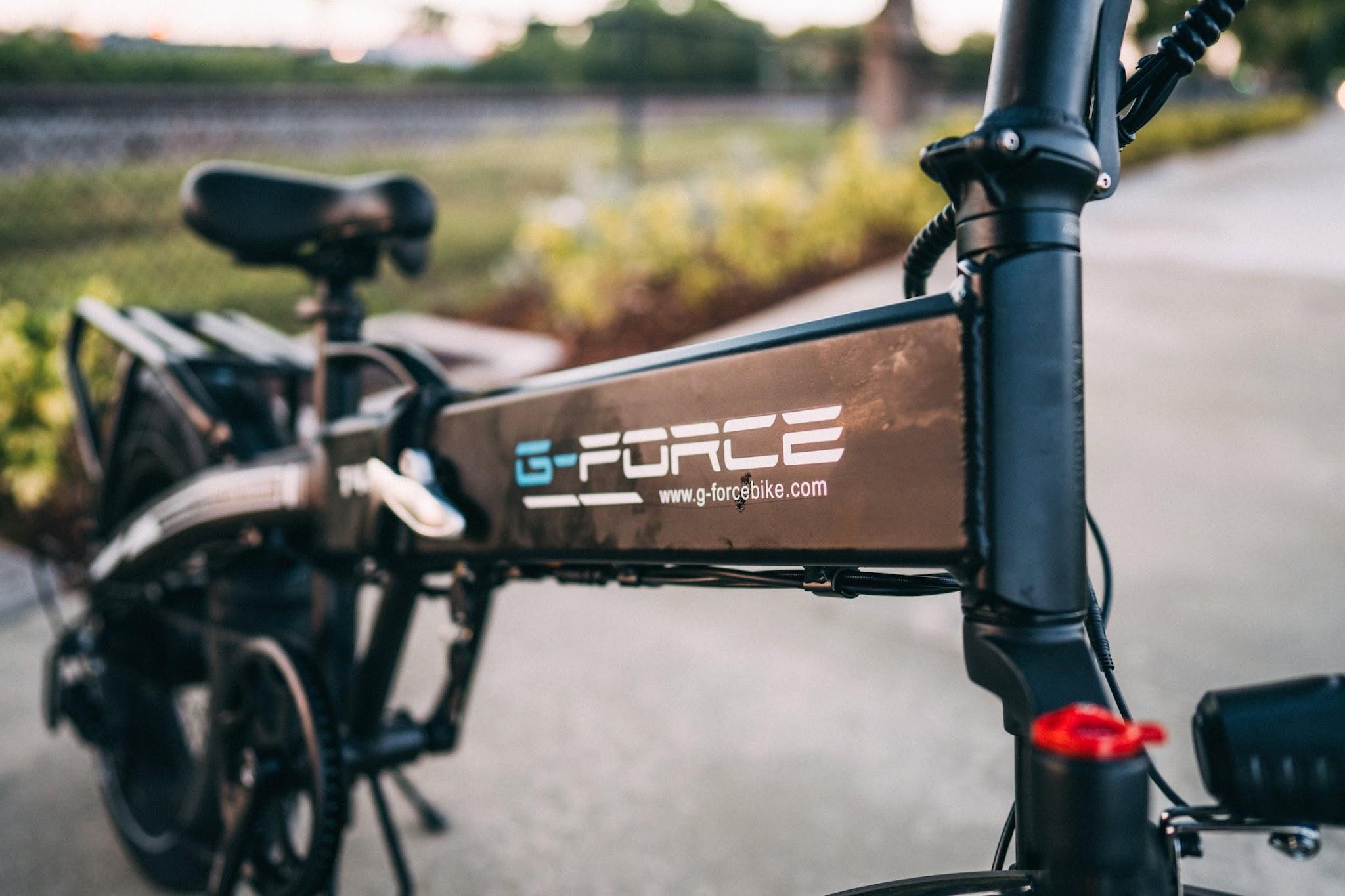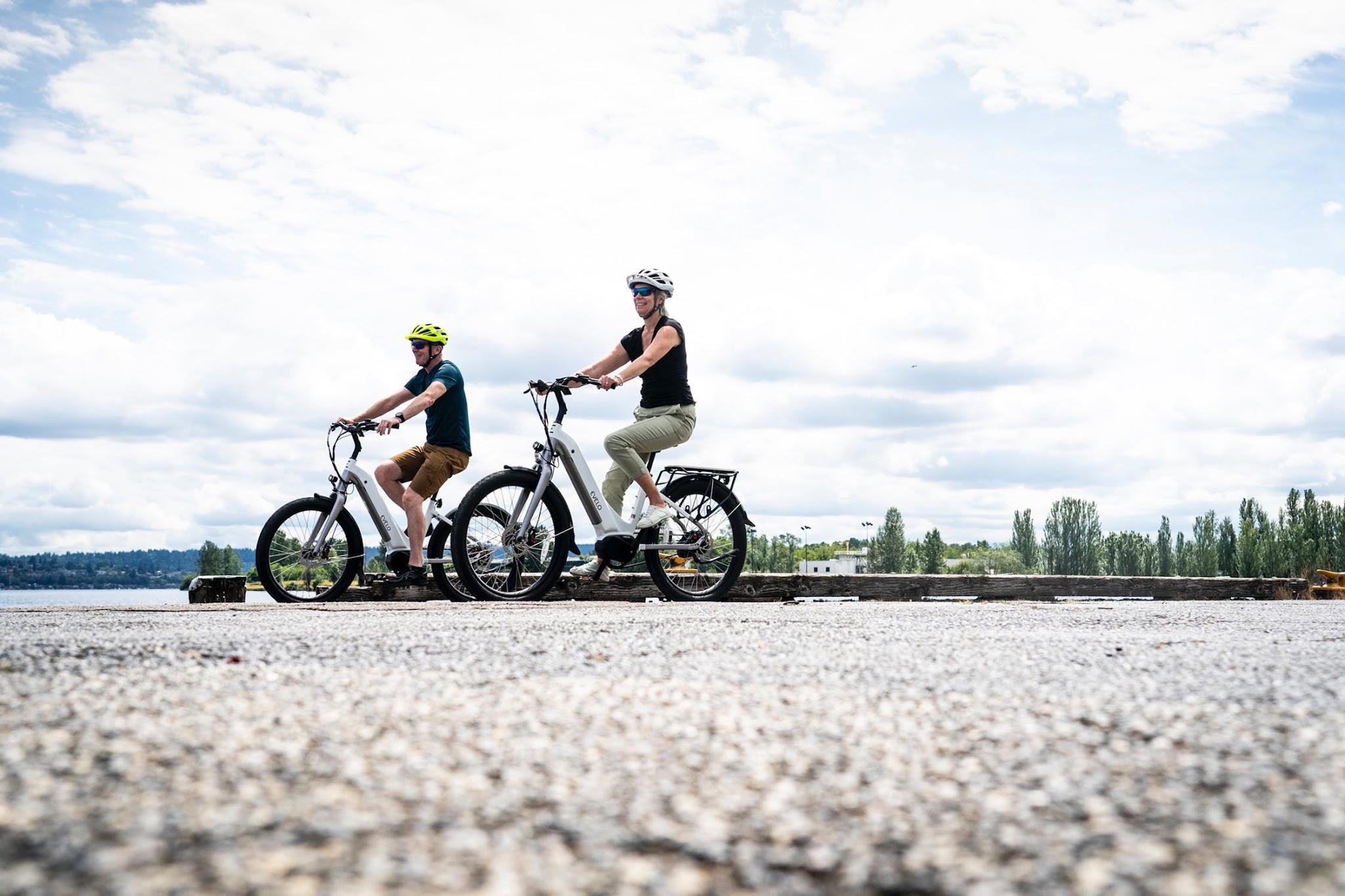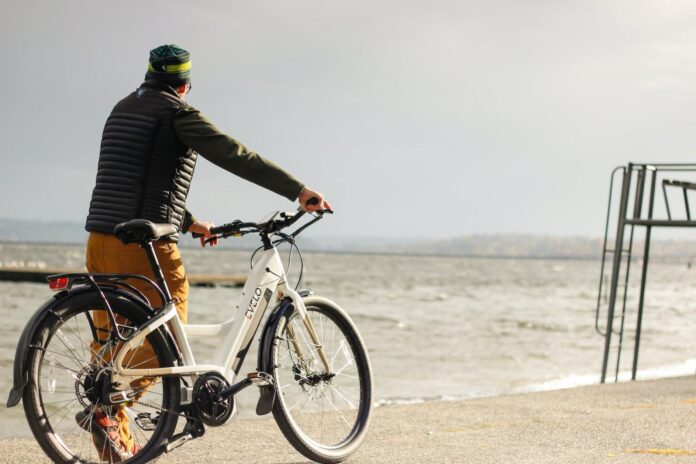Electric bikes are quickly becoming a preferred transportation choice worldwide. These innovative hybrids have caught the attention of both cyclists and those passionate about sustainability, changing our perspective on daily commutes. Their high-end technology and environment-friendly features are making a positive impact on how we view transportation.
The rise in their popularity is no surprise, especially considering the numerous benefits they offer over conventional bicycles. They’re not just more wallet-friendly these days but are also easy to upkeep.
But with many choices out there, zeroing in on the best one might seem challenging. This guide is here to steer you toward the electric bike that best fits your needs and tastes.
Understanding How Electric Bikes Work

Before we delve into the selection process for the ideal electric bike, it’s worth understanding the basics. At its core, an electric bike, commonly called an e-bike, resembles your traditional bicycle but has an additional electric motor for that added boost when you require it.
Here’s a brief rundown of the core components of an e-bike:
- Electric Motor: Think of this as the e-bike’s powerhouse. It provides the added force to your pedaling. Depending on the model, the motor could be on the front or rear wheel or near the bike’s center.
- Battery: This is what fuels the motor. Most batteries on e-bikes are of the lithium-ion type, lasting several years, and they can be conveniently removed for charging.
- Controller: Typically part of the bike’s display, the controller regulates how power from the battery flows to the motor.
- Pedal Assist Sensor (PAS): It’s an intelligent component that senses your pedaling effort and speed, determining how much assistance the motor should provide.
When discussing e-bikes, you’ll often hear about two main systems: pedal-assist and throttle control.
- Pedal-Assist (or Pedelec): The motor kicks in only when pedaling with this system. It gauges your pedaling force and speed, deciding how much additional power you need. It’s ideal for those who enjoy the feeling of cycling but appreciate a little help on challenging climbs or long rides.
- Throttle Control: Here, the power comes on even without pedaling, similar to how a scooter operates. A throttle, usually on the handlebars, lets you control the speed. It’s beneficial for those who may not want to pedal all the time, such as individuals with mobility challenges or those using bikes for tasks like deliveries.
Both systems have their own pros and cons, and your choice will largely rest on your preferences and how you intend to use the bike.
Purpose of the Bike
Selecting the right electric bike requires a clear understanding of your specific needs. What you intend to do with the e-bike will significantly influence your choice. Let’s explore various purposes for e-bikes and the essential features to consider for each scenario.
Commuting
If you plan to use your e-bike for commuting, consider a model with a reliable battery life that can handle your daily round-trip distance. Look for features like integrated lights for visibility, fenders to keep road spray off your clothes, and a rear rack for carrying bags or groceries. A pedal-assist system could be beneficial here, making your ride less strenuous and enjoyable.
Off-Road Adventures
Strength and performance are crucial for adventure enthusiasts planning to venture off-road with their e-bike. Look for a bike with a sturdy frame, broad tires for enhanced grip and balance, and a motor robust enough to handle steep climbs. Features like suspension forks and disc brakes also play a vital role in ensuring a comfortable and secure ride on rugged landscapes.
Urban Cruising
If you’re using your e-bike mainly for urban cruising or leisurely rides around town, comfort and style might be your top priorities. Consider bikes with comfortable seats, upright riding positions, and stylish designs that suit your aesthetic. A throttle-control system can be fun for casual riding, letting you cruise around without needing to pedal constantly.
Fitness and Exercise
An e-bike offering multiple pedal-assist options is perfect for those focusing on fitness and exercise. This feature lets you control the motor’s support, allowing you to set the intensity of your workout. Opt for an agile, lightweight model with a dependable battery, ensuring you can enjoy extended rides without a hitch.
Riding Distance and Terrain


As you continue to find the perfect e-bike, your anticipated riding distance and terrain are another critical factor. The battery range and motor power are essential components significantly influencing these aspects.
Battery Range Considerations
The distance an e-bike can cover on one charge is defined by its battery range. This becomes especially important for those using their e-bike for lengthy commutes or prolonged joyrides. Today’s e-bikes typically provide distances from 15 to 60 miles with one charge. This range varies based on aspects like battery size, motor performance, the rider’s weight, and the terrain’s nature.
Consider the distance you plan to cover regularly when considering the battery range. If your commute is long or you love going on extensive rides, opt for an e-bike with a higher capacity. Also, remember that batteries degrade over time, so it might be wise to choose a bike with a slightly more extensive range than you currently need to account for potential battery performance drops in the future.
Motor Power Needs Based on Terrains
The power of the e-bike’s motor will determine how well it can handle different terrains. A lower-powered motor (around 250 watts) should suffice for flat urban landscapes. These motors provide enough boost for cruising around town or commuting short distances.
However, a more powerful motor will be necessary if you’re likely to encounter hills or plan on off-road adventures. Motors ranging from 350 to 500 watts will offer more torque to help you quickly climb steep inclines. Some high-end models even have motors above 500 watts for extreme off-road conditions or heavy cargo loads.
Keep in mind that a more powerful motor will drain the battery faster. So, if you opt for a high-powered motor, ensure the battery has sufficient capacity to support your riding distance needs.
Budget Constraints
Navigating the electric bike market requires a keen eye on your budget. E-bike prices span a broad spectrum, from more affordable starter models to top-tier luxury ones. But remember, the expense of an e-bike doesn’t end with just the upfront cost. Let’s dive deeper into these monetary aspects.
Entry-Level vs. Premium E-Bikes
Entry-level e-bikes are an excellent choice for those on a tight budget or new to electric biking. Often priced under $1,000, these models offer basic features such as a decent battery range, pedal-assist functionality, and modest motor power. However, they may lack advanced features like high-speed motors, long-range batteries, top-tier components, and sophisticated display units in more expensive models.
On the other end of the spectrum, premium e-bikes, which can cost $2,000 or more, come with top-of-the-line features. This includes powerful motors, extended battery ranges, high-quality construction for durability, and advanced tech integrations like smartphone connectivity. These bikes typically offer a smoother, faster ride and longer lifespan.
Additional Costs: Maintenance, Battery Replacement, Accessories


Beyond the initial purchase price, owning an e-bike comes with ongoing costs that you should factor into your budget.
Maintenance: Like conventional bicycles, e-bikes need consistent upkeep to remain in peak condition. This involves regular checks on tire pressure, adjusting the brakes, and oiling the chain. While many of these tasks can be handled at home, specific jobs might require an expert’s touch, adding to the overall expenses.
Battery Replacement: The battery represents a significant chunk of an e-bike’s cost. While most e-bike batteries have a lifespan of several years, there will come a time when they need replacement. Depending on its type and grade, a new battery could set you back anywhere from $200 to over $1,000.
Accessories: Depending on your needs, you may want to purchase accessories for your e-bike. This includes helmets, locks, lights, fenders, racks, or upgraded seats. These costs can add up, so consider them in your budget planning.
Key Features to Consider When Choosing an Electric Bike
If you’re on the hunt for an electric bike, knowing all its main features can help you choose. Here’s what you should pay attention to.
Battery Life and Range
The battery longevity and distance an e-bike can cover are vital in determining the distance it can journey on one full charge. Generally, e-bikes can cover anywhere from 15 to 60 miles in one go, influenced by factors like battery size, motor performance, the rider’s weight, and the nature of the ground.
A reliable battery is vital as it directly influences your riding experience. When considering the battery, consider its lifespan and replacement cost. Most e-bike batteries last several years, but they will eventually need replacing. A new battery can range from $200 to over $1,000, so factor this into your long-term budget.
Motor Type and Placement
The two main types of e-bike motors are hub motors and mid-drive motors. Hub motors are located in the wheel hub and are generally cheaper and easier to maintain. However, they can make the bike feel unbalanced.
Mid-drive motors in the bike frame offer better balance and power efficiency, especially on hilly terrains. However, they tend to be more expensive and require more complex maintenance.
Frame and Build
A sturdy frame is essential for durability and ride comfort. Frames are typically made from steel, aluminum, or carbon fiber. Steel frames are robust and absorb vibrations well but are heavier than other materials. Aluminum frames balance strength and weight, while carbon fiber frames are light and strong but more expensive.
Weight and Portability
The weight of an e-bike impacts its battery life and ease of transport. Heavier bikes may provide stability but can drain the battery faster and be more challenging to transport. If you need to carry your e-bike frequently, consider a lightweight or foldable e-bike for easy storage and transport.
Wheels and Tires
The wheels’ and tires’ size and material affect your ride quality and the bike’s adaptability to different terrains. Larger wheels provide smoother rides over bumps, while smaller wheels offer better maneuverability. Thick, robust tires are ideal for off-road riding, while thin tires work best on smooth, paved surfaces.
Safety and Additional Features


When evaluating electric bikes, it’s not just the primary features that matter. Safety and supplementary features play a pivotal role in elevating your riding experience and guaranteeing road safety.
Braking Systems
A reliable braking system is critical given the speed that e-bikes can reach. Two standard brakes used in e-bikes are mechanical and hydraulic disc brakes.
Mechanical disc brakes, also known as cable-actuated brakes, are operated by a cable pull system. While they are more affordable and easier to maintain, they may require more hand effort and regular adjustments.
Hydraulic disc brakes use fluid to transfer the force from the lever to the caliper for a faster stop. They offer better performance, especially in wet conditions, but are more expensive and may require professional servicing.
Lighting and Visibility
Having adequate lighting is essential when riding in dark or dim conditions to ensure other road users can see you. Many e-bikes come equipped with integrated front and back lights, while some feature reflective patches or designated areas to attach lights.
Integrated lights usually draw power from the bike’s main battery, eliminating the concern of them dying unexpectedly. However, detachable lights provide versatility, allowing for removal or repositioning, though they might need their own power source or periodic charging.
Control Display
A control display is a handy feature that helps you monitor necessary ride data such as battery life, speed, and distance traveled. Some advanced e-bikes even offer smart connectivity, allowing you to sync your ride data with your smartphone or fitness apps, provide navigation, or even diagnose potential mechanical issues.
Suspension
The type of suspension you need in an e-bike depends mainly on the terrain you plan to ride on. A rigid frame (no suspension) may suffice for smooth, paved roads. A front suspension can help absorb shocks and provide a smoother ride if dealing with moderately uneven terrain. A full suspension (front and rear) is ideal for off-road or mountain biking to handle bumps and dips effectively.
Find the Electric Bike That’s Right for You
Navigating through the vast array of electric bikes might seem daunting. However, the decision becomes more straightforward by honing in on your top priorities – be it speed, distance coverage, smooth rides, or tech integration. With the right e-bike by your side, you’re all set for urban commutes, adventurous trails, or just a relaxed outing with loved ones.

